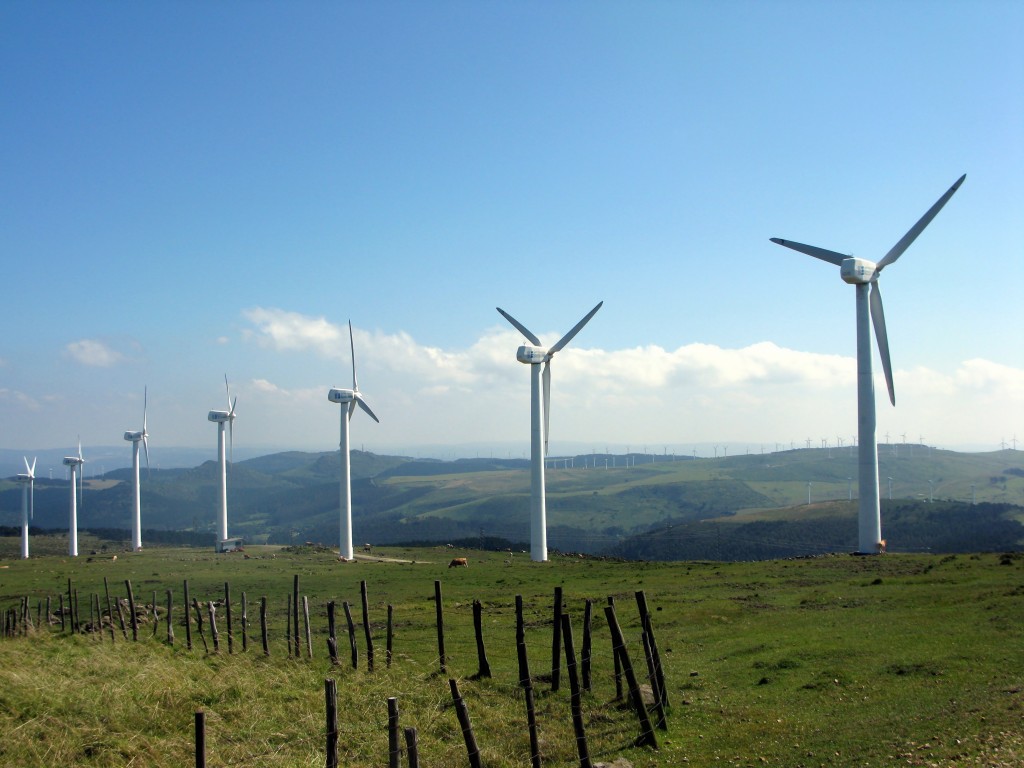On May 28, 2015, Kansas Governor Sam Brownback signed legislation that will have a significant impact on the future of wind generation in the state. The history of the political struggle underlying this legislation is a topic worthy of its own post, but suffice it to say that SB 91 represents a compromise between the wind industry and a faction of legislators that have attempted to reduce the state’s support of wind energy over the course of the last several legislative sessions.
On a political level, this deal largely revolved around the future of Kansas’ 20{7bfcd0aebedba9ec56d5615176ab7cebc5409dfb82345290162ba6c44abf8bc8} by 2020 Renewable Portfolio Standard, which has been subjected to a number of attacks over the last few legislative sessions. All of these previous efforts failed, but the political pressure to reduce or repeal the RPS appears to have been steadily ratcheting up for an increasingly motivated faction of the Kansas legislature.
Ultimately, however, the Kansas RPS battle has turned out to be much ado about nothing. While the legislature was fighting over the ideology of the RPS, Kansas public utilities acquired huge amounts of low-cost renewable capacity. By the start of 2015 legislative session, every one of the Kansas public utilities had acquired sufficient renewable capacity to satisfy their 2016 RPS requirements, as well as essentially satisfying their 2020 threshold. Thus, while the RPS was a significant component of the political drama, in reality its fate does not have as much of an impact on current and future wind projects in Kansas as other portions of the legislative package that accompanied the RPS legislation.
Of particular concern for future wind developers in Kansas, one of SB 91’s key components is to introduce a cap on the statutory property tax exemption for future wind projects. Historically, wind generation assets in Kansas have benefitted from a property tax exemption for the entire life of the project (K.S.A. 79-201). This exemption, originally enacted in 1999 (pre-dating Kansas’ first wind farm), was originally enacted to provide an incentive to encourage wind development in the state, and there can be no dispute that it has been very effective in that regard.
Under SB 91, existing projects have been grandfathered-in under the old lifetime exemption language, and therefore will continue to receive the full tax exemption (barring any future legislative efforts). However, any new wind projects will only receive a property tax exemption for the first ten years of the project’s life. Beginning in year 11, the project will be subject to taxation at its full value. Specifically, the capped exemption will apply to any projects that 1) have not filed an application for exemption with the Kansas Department of Revenue by December 31, 2016, or 2) have not received a conditional use permit from the applicable county by December 31, 2016.
In addition the property tax exemption cap, there is one final component of the SB 91 package that impacts both current and future wind projects, a reclassification of the tax rate that applies to wind generation assets. While wind generation assets have not historically been subject to property tax in Kansas, other components of the project (for example, transmission equipment) have been taxed at as “public utility” assets at a 33{7bfcd0aebedba9ec56d5615176ab7cebc5409dfb82345290162ba6c44abf8bc8} tax rate, as opposed to the standard 25{7bfcd0aebedba9ec56d5615176ab7cebc5409dfb82345290162ba6c44abf8bc8} commercial rate. For true public utilities, the burden of paying this higher 33{7bfcd0aebedba9ec56d5615176ab7cebc5409dfb82345290162ba6c44abf8bc8} tax rate is mitigated by the fact that those costs are ultimately passed on to ratepayers during the utility’s next rate case. Wind projects are not traditional utilities, and do not recover costs through rate cases. Thus, the burden of a 33{7bfcd0aebedba9ec56d5615176ab7cebc5409dfb82345290162ba6c44abf8bc8} tax rate can substantially impact the economics of a particular project. Now that SB 91 will subject future wind project to property taxation, it was important to wind advocates that this tax rate discrepancy be remedied.
With this in mind, as part of the package of legislative amendments in SB 91, an exemption has been added to definition of “public utilities” subject to the 33{7bfcd0aebedba9ec56d5615176ab7cebc5409dfb82345290162ba6c44abf8bc8} tax rate, for any entity that:
- generates, markets or sells electricity only at wholesale;
- has no retail customers; and
- generates energy from an electric generation facility that is actually and regularly used to predominantly produce and generate electricity utilizing renewable energy resources or technologies.
Importantly, this exemption will apply to both current and future projects, so any wind project assets that are subject to taxation will be taxed at a 25{7bfcd0aebedba9ec56d5615176ab7cebc5409dfb82345290162ba6c44abf8bc8} rather than a 33{7bfcd0aebedba9ec56d5615176ab7cebc5409dfb82345290162ba6c44abf8bc8} rate. For existing projects, this lower tax rate will apply to non-generation assets, such as transmission equipment. For new projects that will be subject to the 10-year exemption window, the lower rate will apply to all project assets.
Ultimately, wind developers’ views of the changes ushered in by SB 91 probably depends upon whether they have wind projects currently operating or in-development in the state, or alternatively are hoping to construct projects in the future. Broadly speaking, for existing wind projects, the changes to the RPS and property tax exemptions should not have a significant impact, and the lower tax rates for non-generation assets should be net positive. For new projects, and for the state’s efforts to continue attracting new projects, the increased tax burden from the property tax exemption cap will have an unavoidable impact on a potential project’s economics. Only time will tell whether this new burden is severe enough to jeopardize Kansas’ reputation as a wind-friendly state.
If you would like any information about Kansas wind projects or renewable policies, please don’t hesitate to contact the Polsinelli Energy group at:
Luke Hagedorn, 816.572.4756, lhagedorn@polsinelli.com

